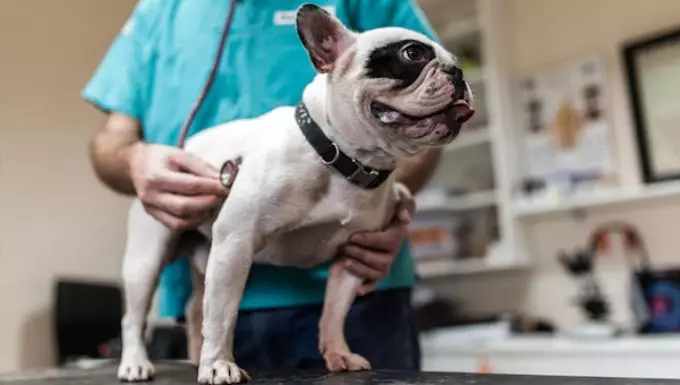Apudoma is a scarcely encountered gastrointestinal tumor in canines, primarily affecting older dogs rather than younger pups. This peculiar tumor generates symptoms akin to ulcers and acid reflux, creating a distressing experience for both the pet and its owner. What is particularly troublesome about Apudoma is that these tumors have a high tendency to be malignant, which unfortunately complicates treatment scenarios. Recognizing the early manifestations of this condition can be critical in improving a dog’s prognosis.
Key Symptoms to Monitor
When assessing a dog’s health, it is vital to be vigilant about various symptoms that might indicate the presence of Apudoma. Key signs include significant weight loss, persistent vomiting, reduced appetite, abdominal pain, and the unfortunate presence of blood in feces. Other indicators are increased thirst, chronic fatigue, and signs of depression. Dogs may also exhibit excessive acid reflux, compounding their discomfort. Observing any combination of these symptoms should prompt immediate veterinary intervention, as early diagnosis is crucial in managing the disease effectively.
The Mysterious Causes
The precise cause of Apudoma remains a mystery, adding a layer of concern for canine caretakers. Current theories suggest that factors related to diet and lifestyle may play a role in the development of these tumors. Additionally, a hereditary predisposition cannot be dismissed, especially in older dogs who seem to be most susceptible. While further research is needed to pinpoint the exact origins of Apudomas, what is apparent is the urgent need for awareness among dog owners to ensure prompt medical evaluations when symptoms arise.
Diagnosis: The Veterinarian’s Approach
If you suspect that your dog may be affected by Apudoma, seeking veterinary consultation is crucial. A veterinarian will typically commence with a thorough inquiry into your dog’s symptoms and medical history to differentiate between Apudoma and other potential health issues. Subsequently, a comprehensive physical examination, along with blood and urine analyses, can provide vital information regarding iron levels and other critical health markers. Imaging techniques, particularly ultrasounds, are invaluable in spotting any tumors that may be lurking in the gastrointestinal tract.
Path to Treatment
Once diagnosed, the primary focus shifts towards managing the tumor. Surgical removal may be recommended, but the veterinarian will weigh the risks based on your dog’s overall health and the tumor’s characteristics. Unfortunately, many dogs are diagnosed at a late stage, which necessitates a broader treatment strategy aimed at alleviating pain and discomfort rather than focusing solely on eradication. Palliative care may also include dietary changes and medications to ease symptoms. Engaging in regular discussions with your veterinarian can significantly influence your dog’s quality of life during treatment.
It is tragic that conditions like Apudoma afflict innocent animals, evoking a deep sense of empathy among dog owners. The struggle of dealing with such health issues highlights the essential bond between humans and their pets, as we endeavor to provide the best care and love we can offer.

